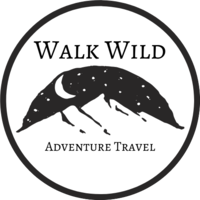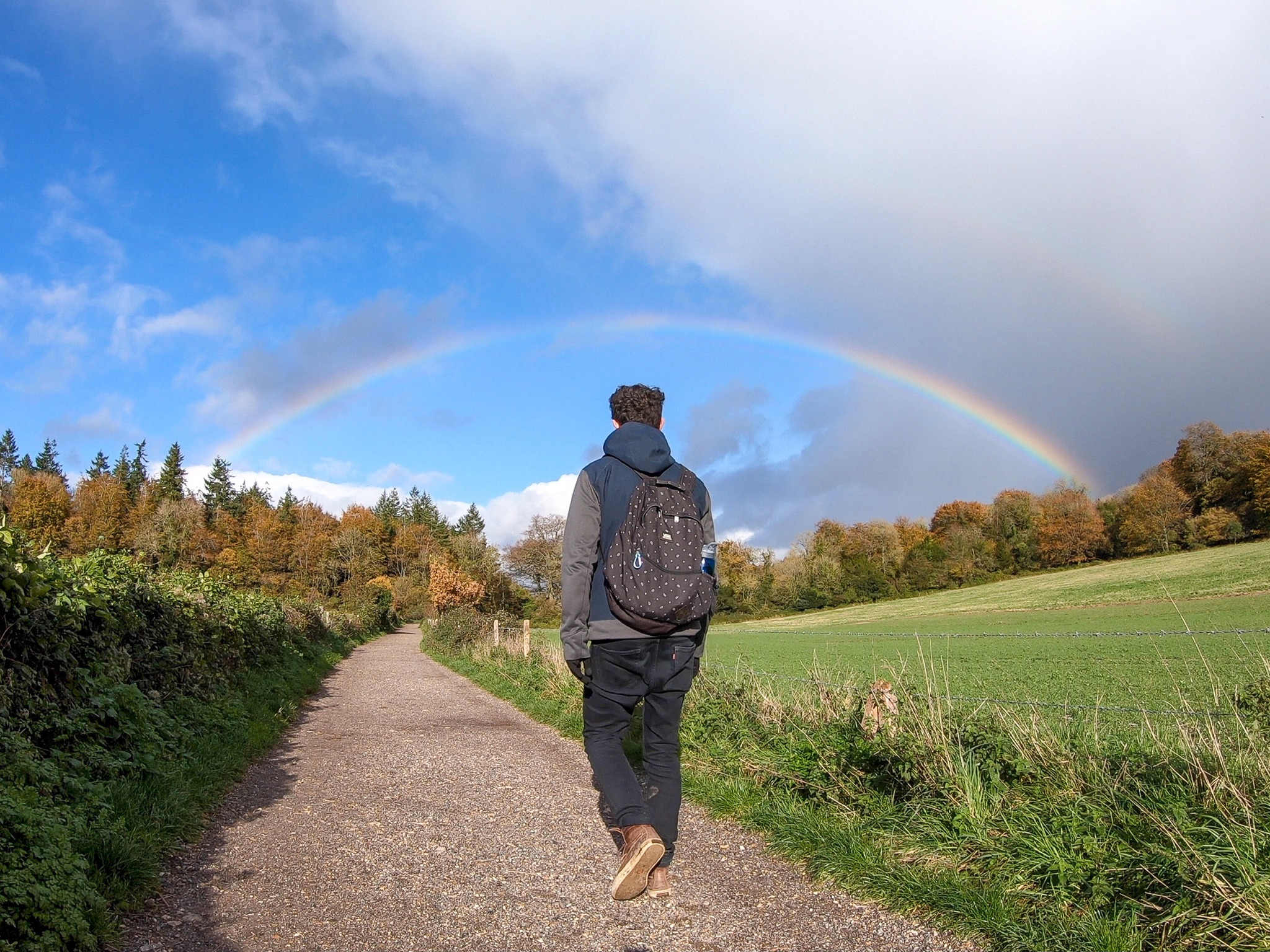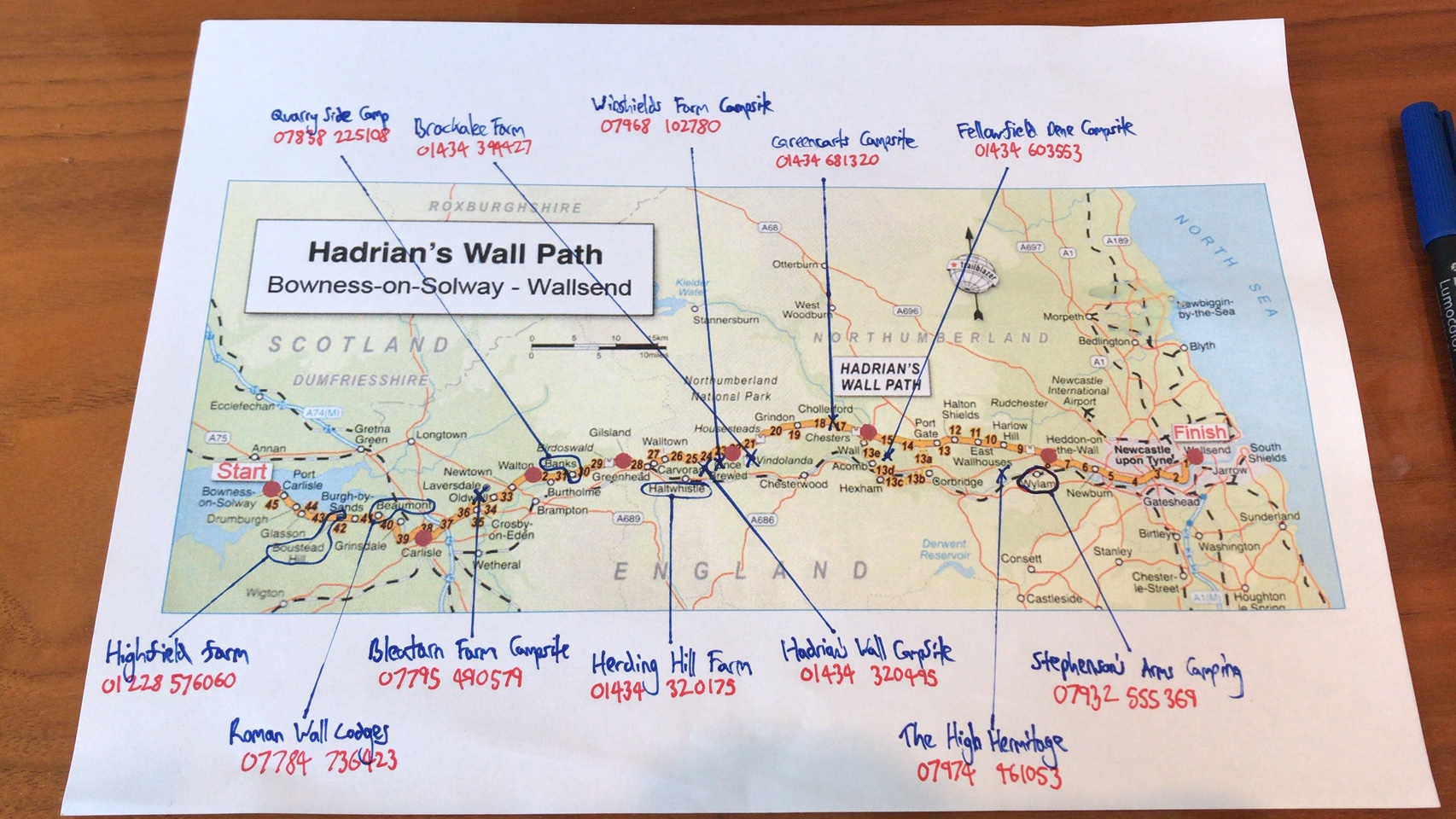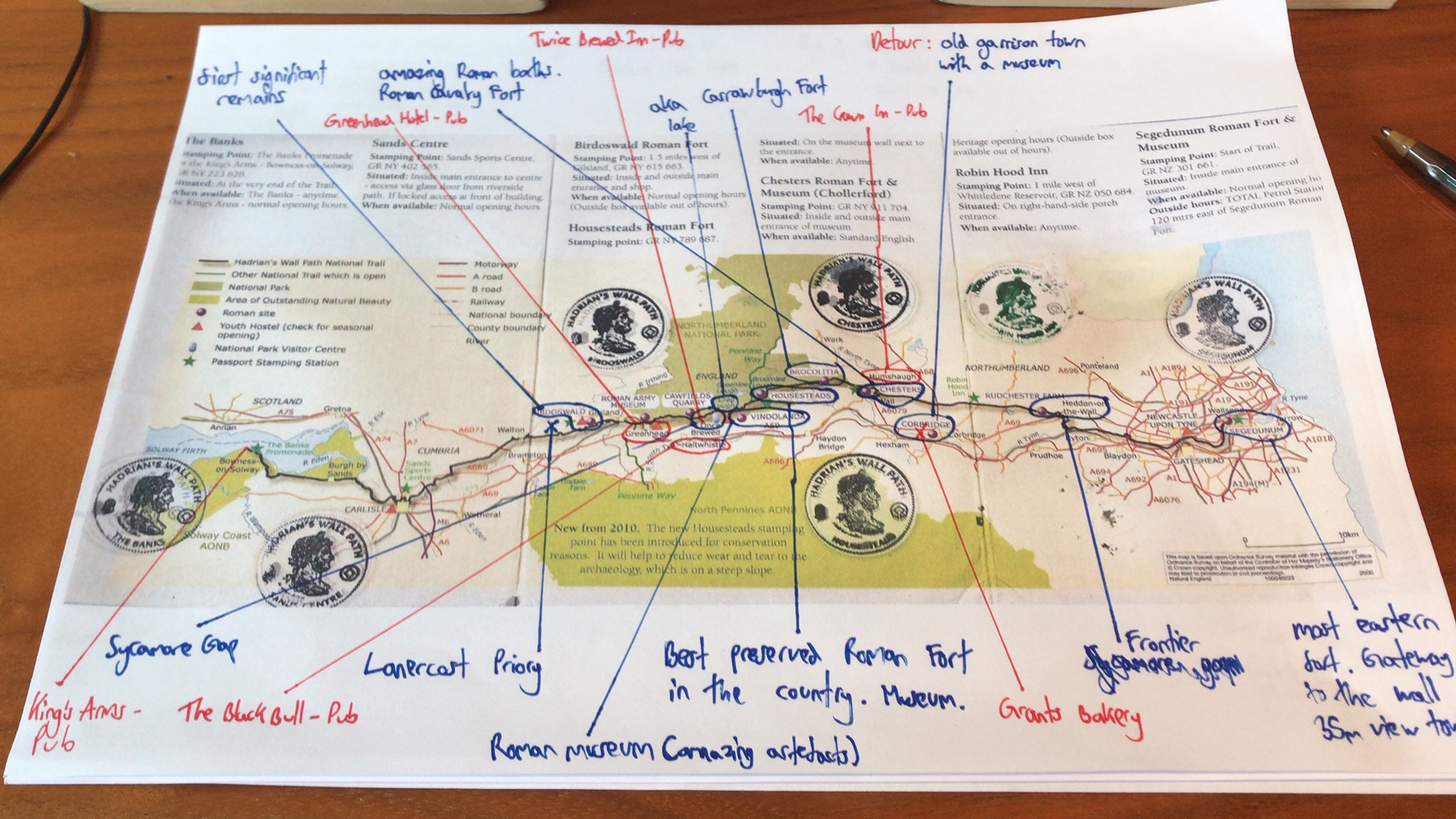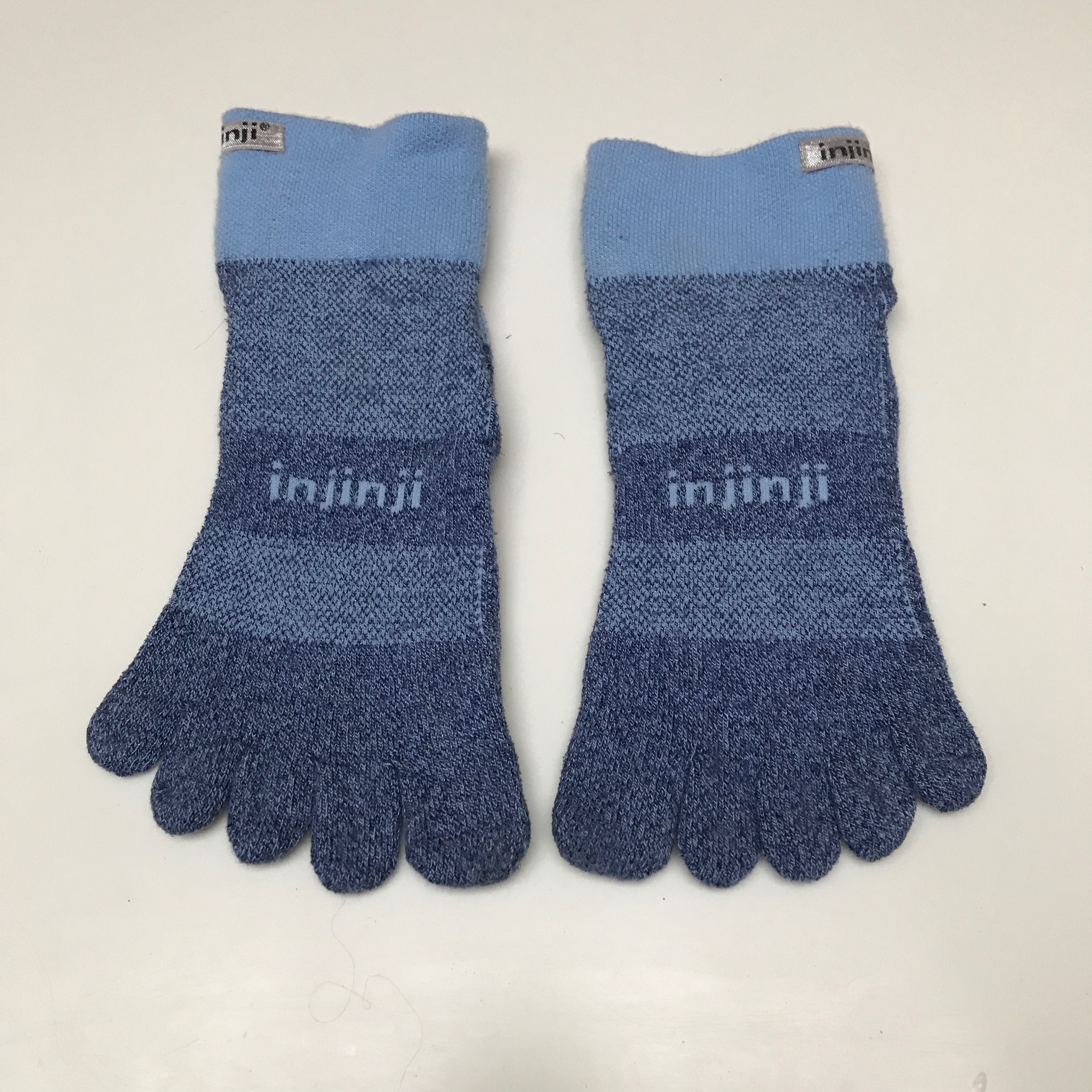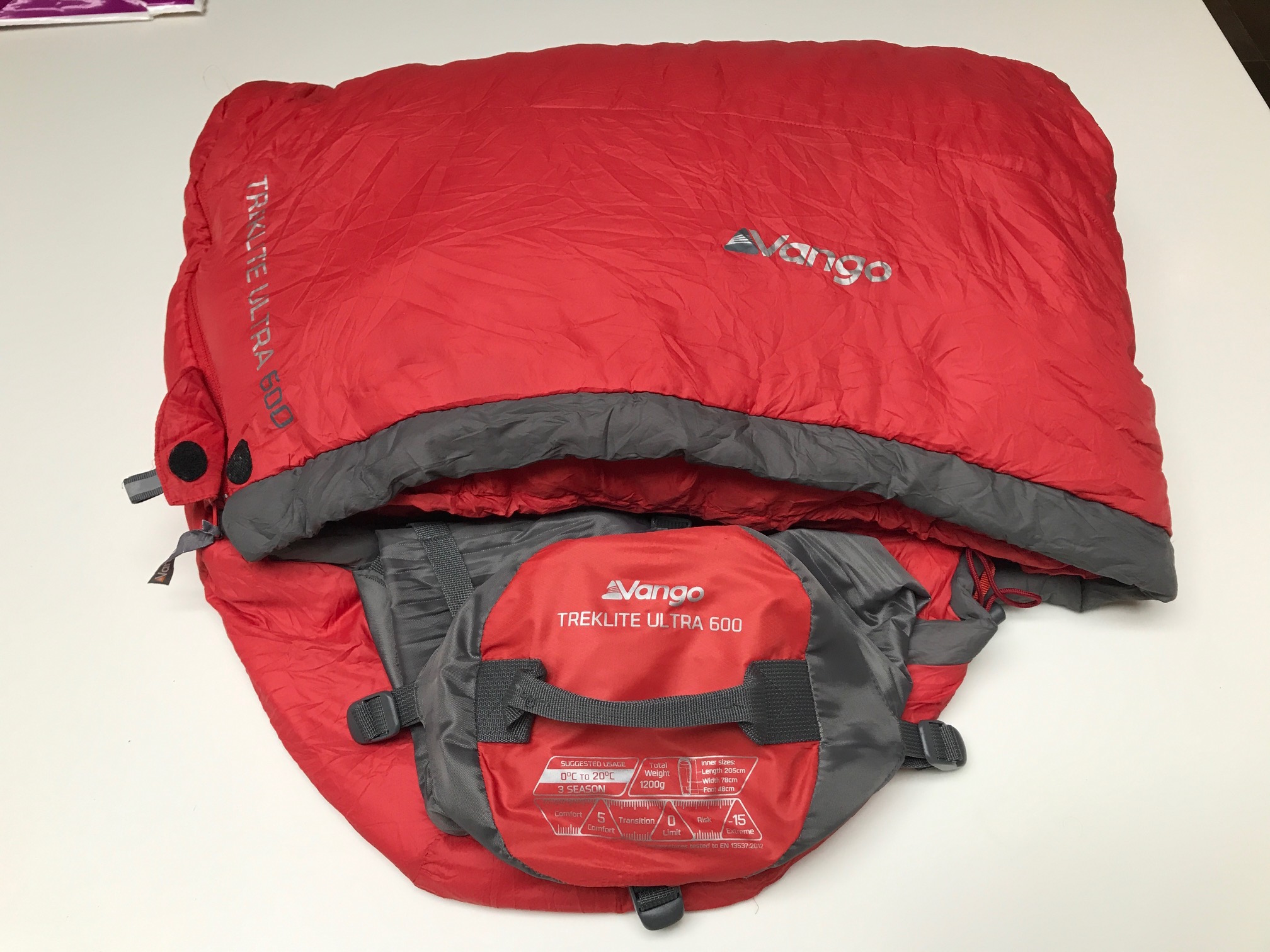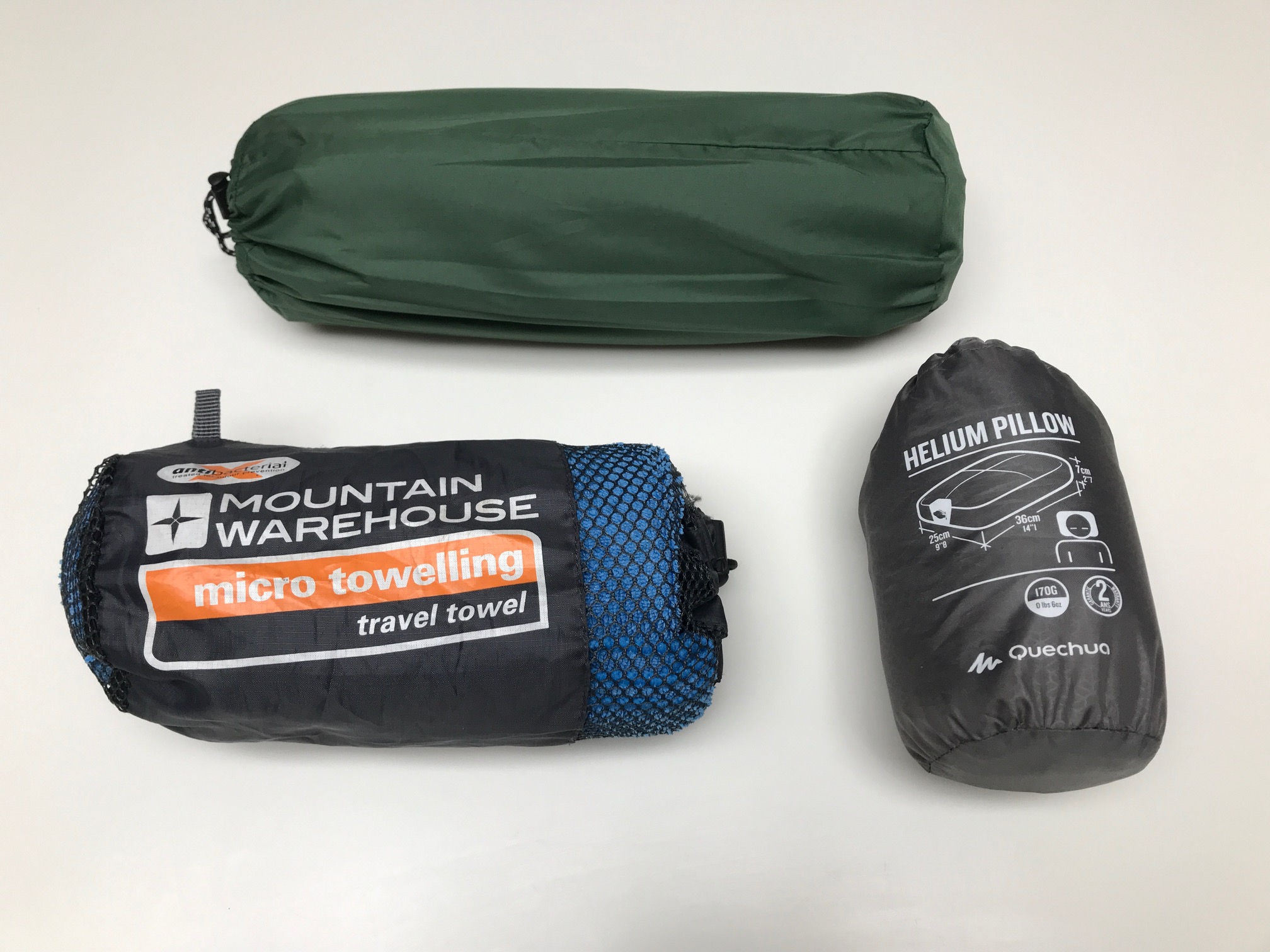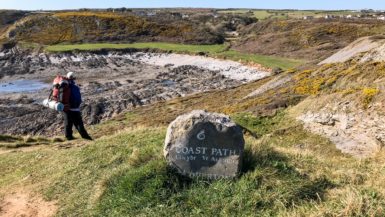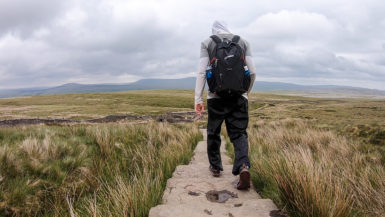10 Tips for First Time Hikers
5 Minute Read
If you’re new to hiking, there can be a lot to take in. You want to get out into nature and start exploring but you don’t really know where to begin. It’s easy to get overwhelmed and fall for a lot of rookie mistakes. So I’ve created this hiking for beginners guide to provide you with my 10 tips to get you trail-ready as soon as possible!
- Start Slow
- Hike With a Buddy
- Know Your Route
- Look After Your Feet
- Pack Carefully
- Dress For the Weather
- Bring Medical Supplies
- Get Your Food Right
- Stay Warm at Night
- Stretch and Secure
This page contains affiliate links. This means I make a commission if you buy a product I have recommended (at no extra cost to you). All recommendations I give are genuine and my own. Thanks for the support!
See also:
10 Hiking Safety Tips
1. Start Slow
You may have ambitions to climb Everest or hike across the Gobi Desert, but you’ve gotta learn to walk before you can run, so to speak. Ease yourself into something you’re comfortable with, then gradually increase your trip difficulty over time.
I recommend you start with a short day walk, perhaps in a well-marked National Park. Somewhere you can get out of easily and contact help fast should you need it.
Next you can explore longer and more challenging route options before including overnight camping into your trips. Then you can start playing around with multi-day hikes, across difficult terrain, once you’ve become more experienced.
It’s all about gaining knowledge and confidence over time, and the best way to do this is by hiking as much as possible!
2. Hike With a Buddy
Hiking solo can be a wonderful and liberating experience, but it also carries a lot more risk. If something goes wrong, you have to be completely self-reliant to get yourself out of that tricky situation.
To combat this, you can go on a hike accompanied by someone else. This has multiple benefits. Firstly, if your partner is a more experienced walker than you, it allows you to learn from them and improve your own knowledge. Secondly, it provides you with a safety net should anything go wrong. Two people can look out for each other much better than one.
3. Know Your Route
Getting organised before you go on your hike is one of the most important things you can do. Do your research before you set off and it will pay back ten fold when you’re out there. How long is the hike? What is the terrain like? How is the weather forecast looking? Where are the trailheads and what transport options are available?
If you can answer all these questions before you get to the trail then you’ve given yourself a great head start to being prepared for your hike. This sort of planning is the sign of an experienced hiker. Only a newbie would be naive enough to hit the trail without any prior research.
4. Look After Your Feet
Look after your feet and they’ll look after you. It’s as simple as that. Hiking is incredibly hard on your body, with your feet taking the brunt of this pain. If you neglect them, a good hike can turn terrible, fast.
Firstly, I recommend you use trail running shoes instead of walking boots. They are lighter and much softer on the feet. Since I switched to trail running shoes, I no longer get any blisters.
Secondly, use synthetic walking socks. This will help to wick away moisture from your feet and stop hot-spots from forming. You should also test your socks and shoes on short walks near you home before you commit to using them on a big trip.
If you do feel any hot spots forming, act fast. Take you shoes and socks off, let your feet aerate and dry off before you continue. Shake out any grit or dirt and bandage up welts with blister plasters.
Sometimes propping up your feet to reduce the swelling can be a good idea. Your feet expand when you walk and this can increase the likelihood of getting blisters. Propping up your feet during breaks reduces the chance of this happening.
5. Pack Carefully
Before you go on you trip, lay everything out on the floor in front of you. Examine each item carefully. Is it absolutely essential? If not, leave it. You will feel every gram of weight on your back over the course of your hike. I can’t stress how important it is to shed the unnecessary load.
It’s also a good idea to pack items into separate waterproof or ziplock bags. This makes it easy to find things, rather than rifling through the entire contents of your backpack. It should also keep everything dry if any water gets in.
It might be worth weighing your backpack before you leave. When fully loaded it shouldn’t weigh more than 20% of your body weight. For example, if you weigh 80kg, your bag shouldn’t exceed 16kg, and ideally, you want it to be even lighter than that.
See also:
Multi-Day Hike Kit List
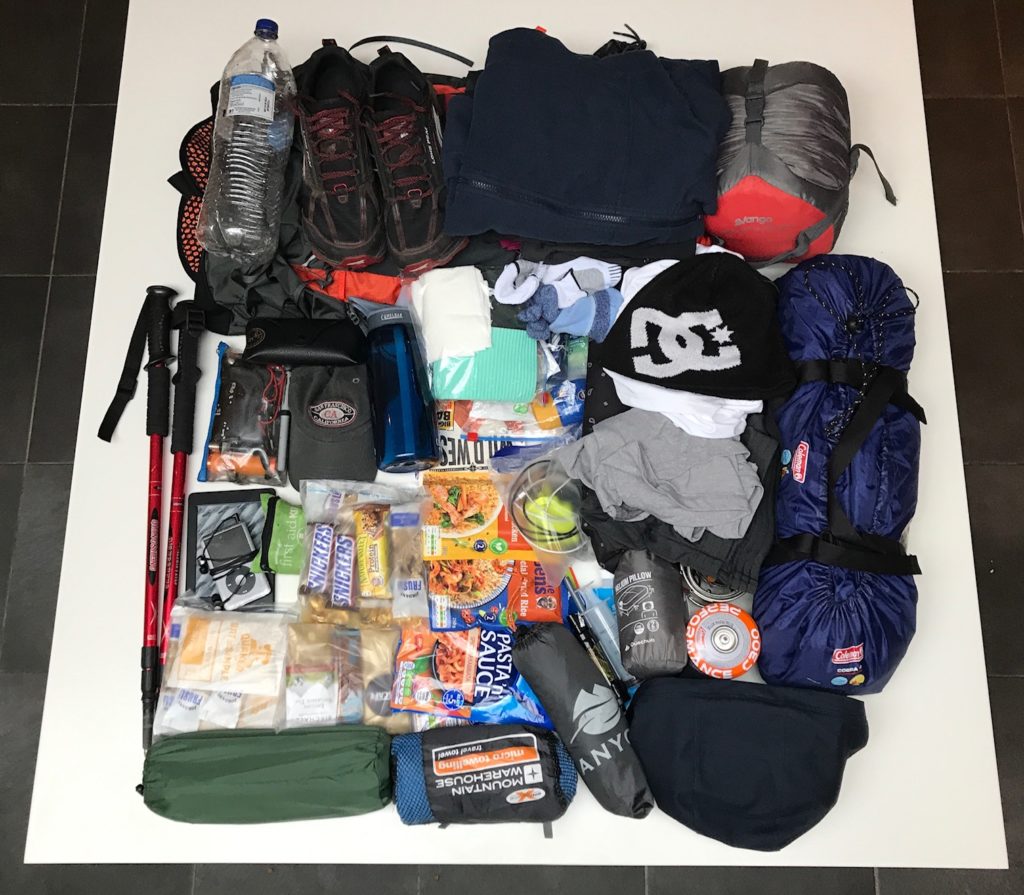

6. Dress For the Weather
If there’s one thing I can tell you about hiking, it’s that the weather is unpredictable. Storms can form out of nowhere and following a sweltering day you often find yourself shivering that night from cold.
The clothes you choose to wear can make all the difference. Good clothing allows you to handle these fluctuations in temperature with ease. Make sure you dress in layers and use zip-off items to adjust to these changes accordingly.
A fleece, down jacket, and waterproof shell should keep you covered in most weather. Hiking trousers with zip-offs at the knee are good for both hot and cold conditions. Bring a hat and gloves even if you don’t think it will be cold, and pack a cap and suncream in all conditions. You never know when you might need it.
See also:
Day Hiking Gear Essentials


7. Bring Medical Supplies
On every hiking trip, carry a small medical kit with you that contains the essentials. You can buy a kit with the items already included but I recommend adding in some extra items too. Consider what ailments you might get and stock up on those items to be sure you’re covered.
The items I use most are plasters, blister plasters, ibuprofen/paracetamol (painkiller and anti-inflammatory), and allergy relief pills. I also carry diarrhoea relief pills, big bandages, gauze, tape, rehydration salts, and extra strength painkillers. Luckily I’ve yet to use any of those items on the trail.
If you have any underlying joint pain or ligament issues, it’s a good idea to bring some support straps or tubigrip to help reduce the pain whilst you’re away. They don’t take up much weight or space but can make a huge difference when you’re hiking.
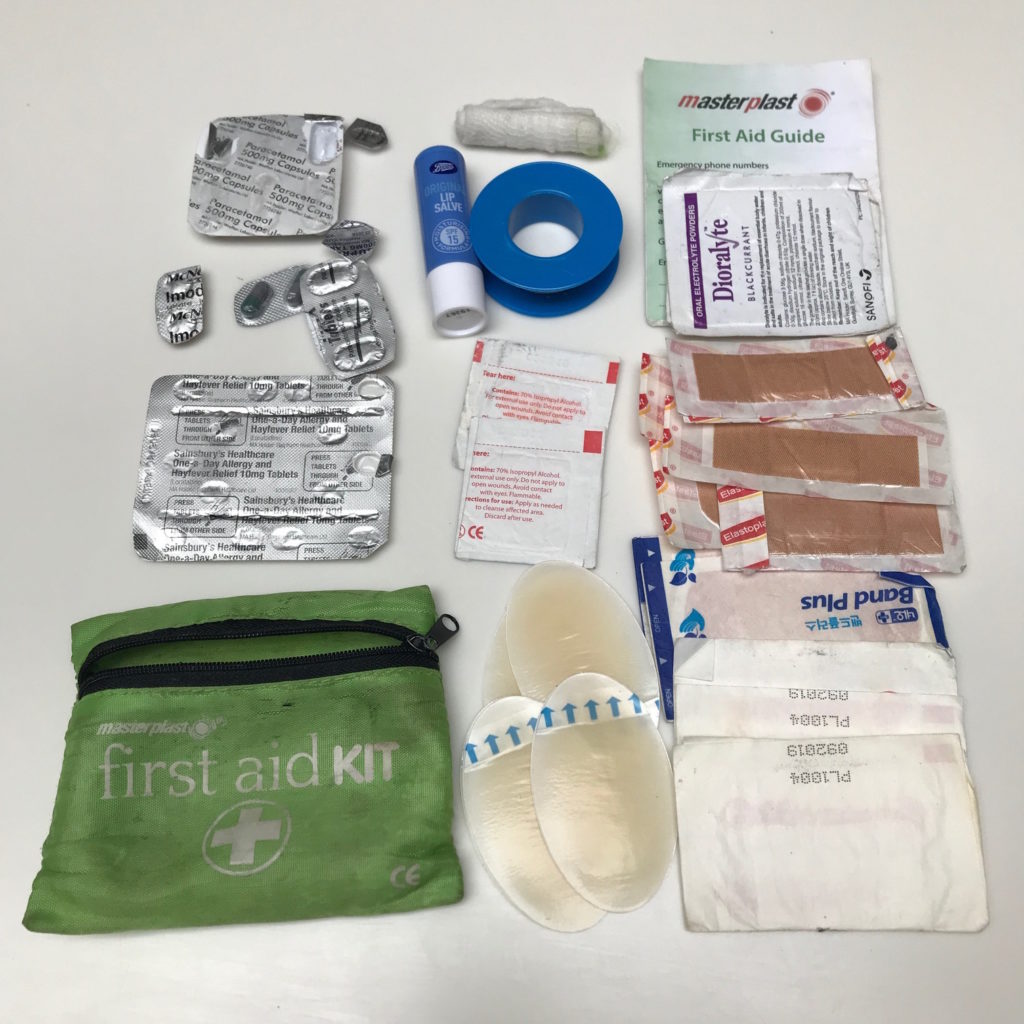

8. Get Your Food Right
You will burn a lot of calories when out hiking, and just like any other exercise, eating right will ensure you stay fuelled for the duration of your trip.
In the morning eating oatmeal/porridge is a great way to set yourself up for the day with slow-release carbohydrates. A black coffee can also give you a caffeine boost to help get you going.
Throughout the walk you want to be eating snacks like fruit and nut bars, trail mix, jerky, dried fruit, nuts, and nut butters. All these items are easy to store, energy dense, and have a good mix of protein, fats, and carbs. It’s important to eat food that stores easily and is non-perishable to last the duration of your trip.
If you’re looking to camp overnight, bring some instant pasta pouches or food that only needs hot water added to it. Try and avoid tins as they add to the weight of your pack. Bring some small coffee sachets or tea to have a hot drink in the evening. Powdered milk also stores well if you want to add it to your drink!
See also:
Hiking Food For a Week
9. Stay Warm at Night
The temperature can drop drastically at night. When you’re not active and are lying on the cold, sapping ground, it can be very hard to stay warm. Obviously, buying a down sleeping bag will do the trick, but they can be very expensive if you’re new to hiking and not ready to make such a big investment. A mid-range sleeping bag, with a good sleeping mat can be a nice compromise. A lot of heat is lost from your body into the ground so if you get a well-insulated mat this can be prevented.
You should only wear one layer when sleeping to allow the insulating properties of the sleeping bag to work properly. I recommend dressing in some lightweight thermals. I then wear a hat to keep my head warm and some thick, wooly socks.
As a last resort you can bring some hand warmers to put in your gloves or socks. You can also boil some water just before you sleep, place it in a secure bottle, and put it at the bottom of your sleeping bag to act as a little stove.
10. Stretch
I spent years neglecting this tip. It’s no wonder I often pulled up short with joint pains or found myself aching badly the following day. My half-hearted attempts at warming up were simply not enough to get my body ready for the activity I was about to put it through.
Spend at least 5-10 minutes either side of your hike warming up and down. This will allow blood to flow into your muscles and will stretch out your joints and ligaments ensuring you don’t get stiff or injured. Focus on your legs and hips as they will face the most strenuous activity followed by your upper back and shoulders as they will also ache from carrying your backpack.
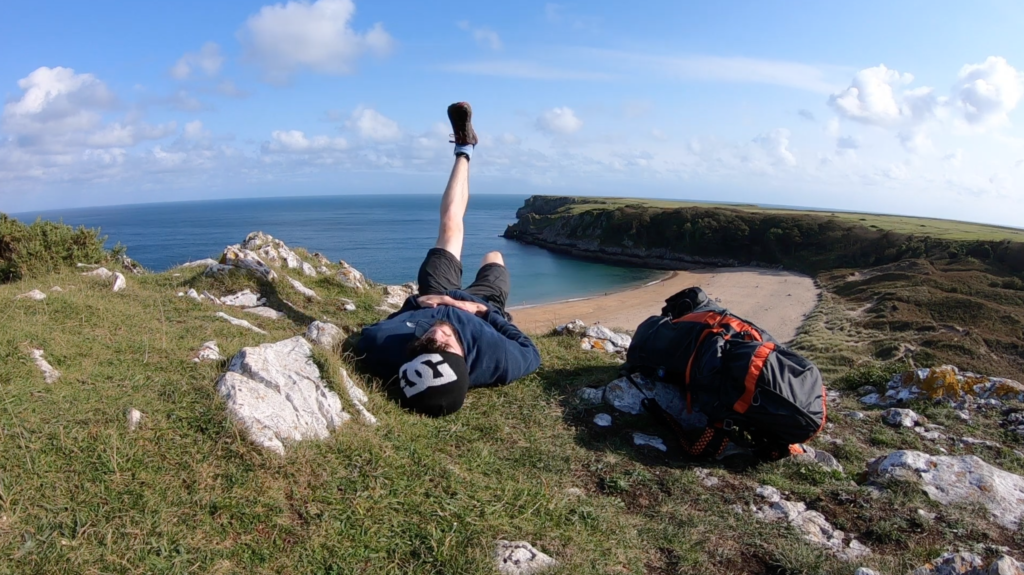

Before You Go
Thanks for reading my guide on hiking for beginners. If travel guides like this interest you, head over to my blog page to find out more!
If you’re new to Walk Wild, check out the About Me page to learn who I am and what made me want to be a travel writer.
Please comment below, let me know what you think and if there’s anything else you want information on!
Follow me on Twitter, Instagram, and YouTube to see out more.


